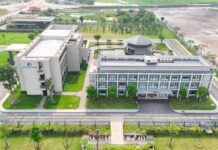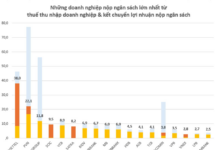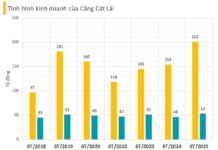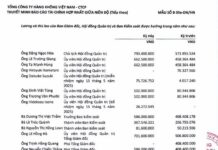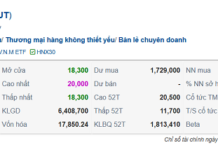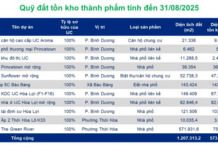The Quang Ninh provincial planning for the period of 2021 – 2030 with a vision to 2050 was approved by the Prime Minister at the end of 2023. Since the new provincial planning has been adopted, there is no detailed design yet. Below is the AI ChatGPT-generated visualization of the future urban development of Quang Ninh by 2050.
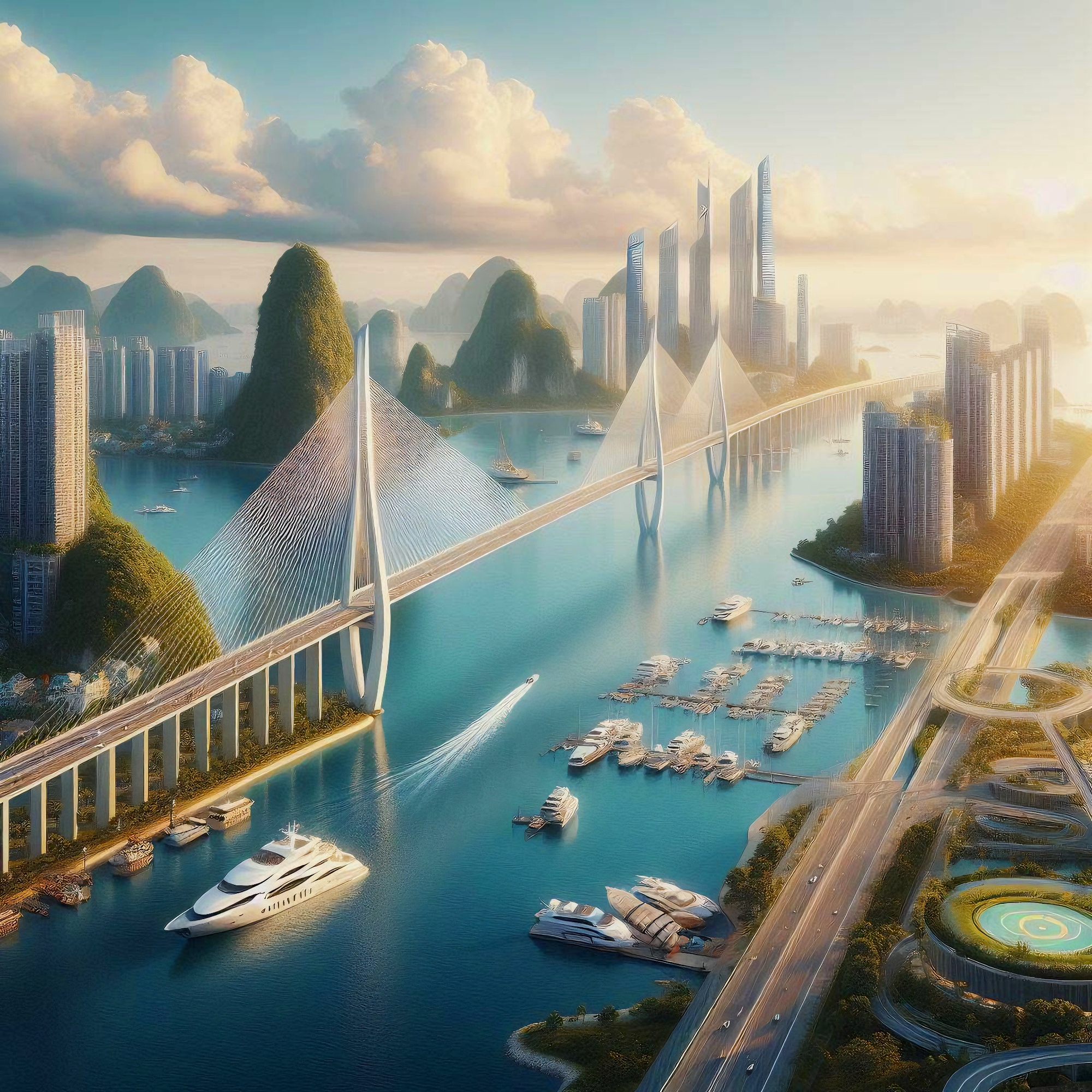
According to the planning, by 2030, Quang Ninh province will have 12 administrative units with 13 urban areas, becoming a centrally run city based on the formation of the inner urban area, including 7 cities: Ha Long, Cam Pha, Uong Bi, Mong Cai – Hai Ha, Dong Trieu, Quang Yen, Van Don and the re-established town of Tien Yen. 3 districts will be upgraded to cities: Dong Trieu, Quang Yen and Van Don. Quang Ninh will become the locality with the most cities directly under the province in Vietnam.
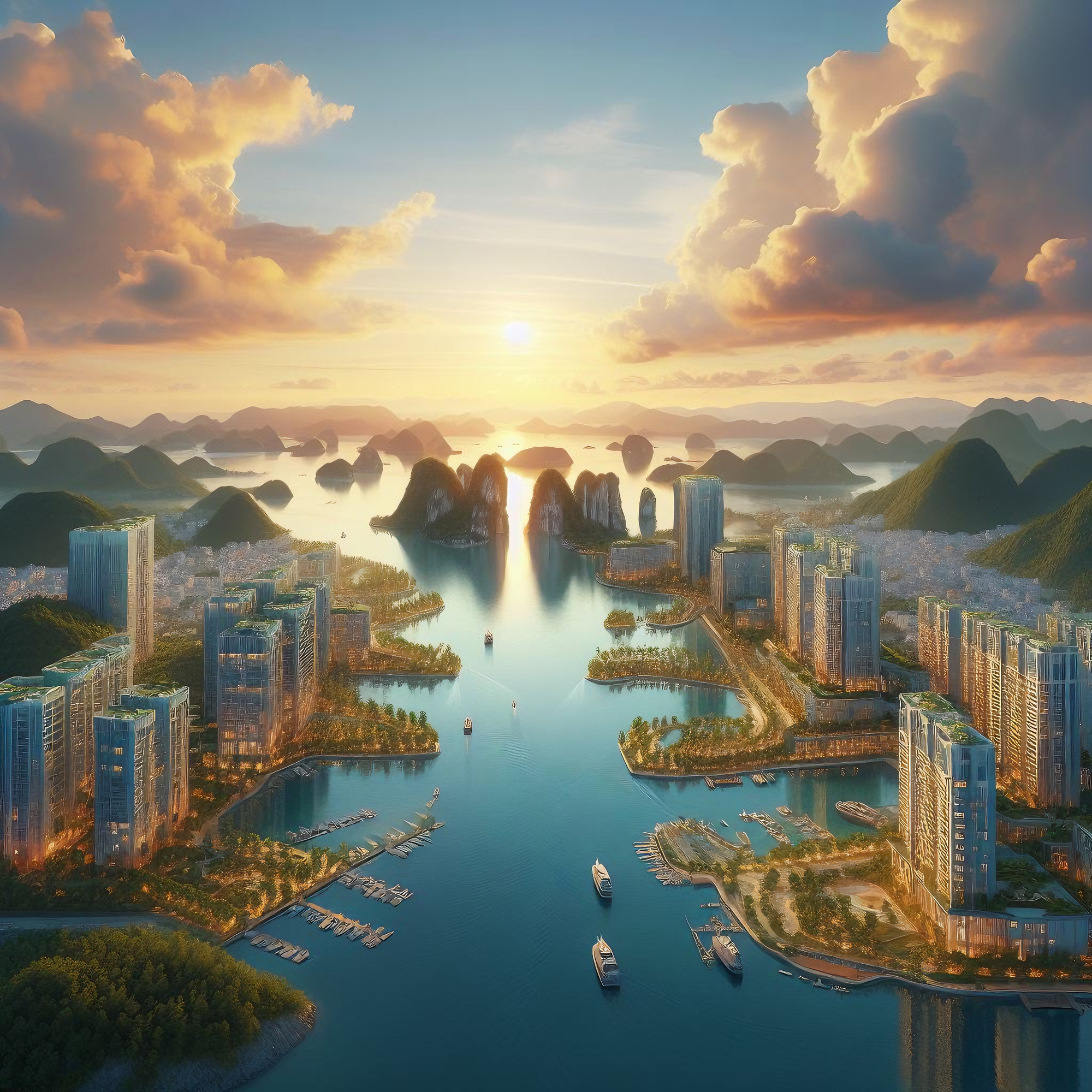
Mong Cai city is expected to merge with Hai Ha district to become a new city. By 2030, Quang Ninh is projected to have 4 cities of type I urban areas which are Ha Long, Uong Bi, Cam Pha, and Mong Cai.
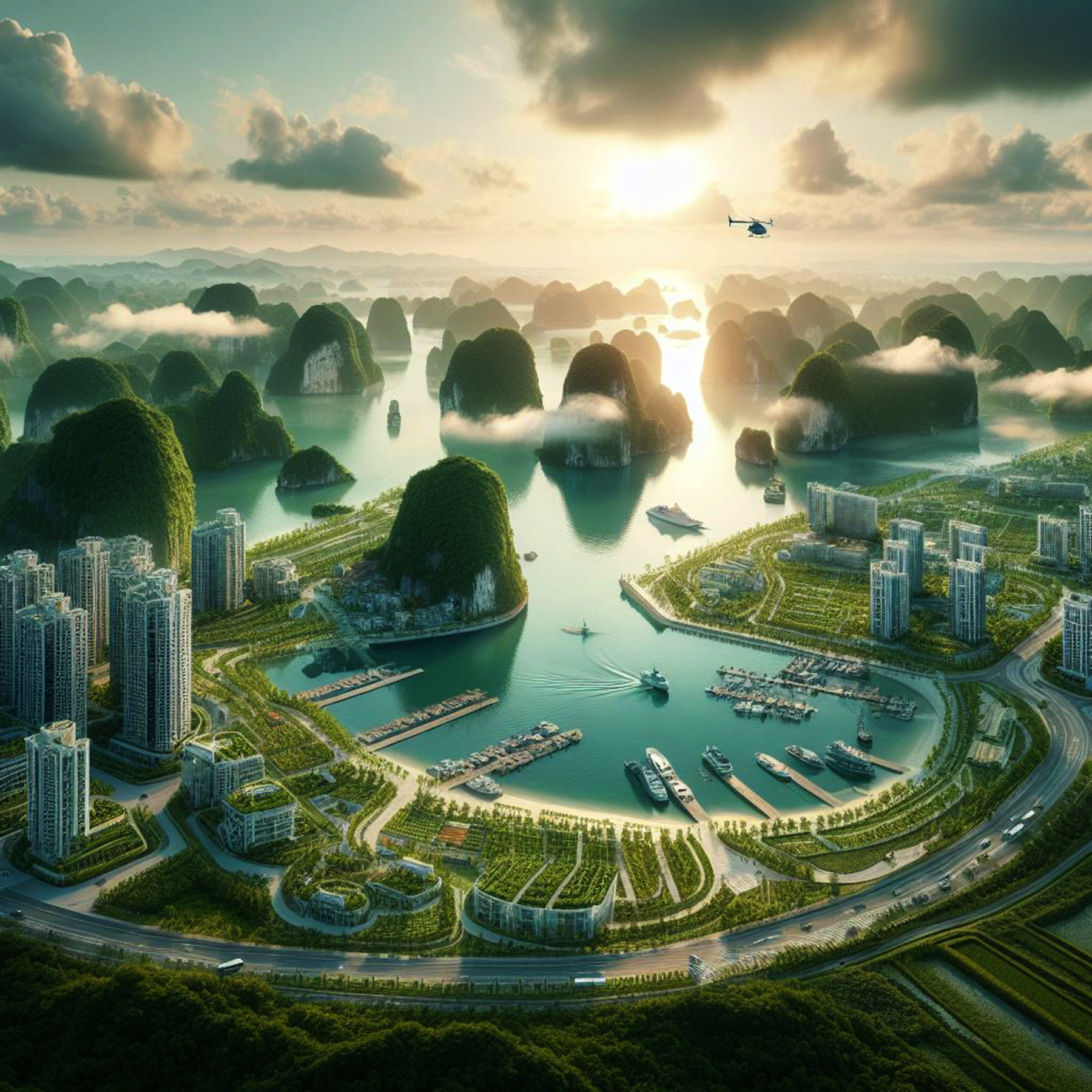
Quang Ninh plans to expand the urban development space of Ha Long City, taking the Cua Luc Bay as the center for connecting urban development in a multi-polar model, expanding the city to the North. Building a synchronous and modern socio-economic infrastructure system for Ha Long City, maintaining the criteria of type I urban area.
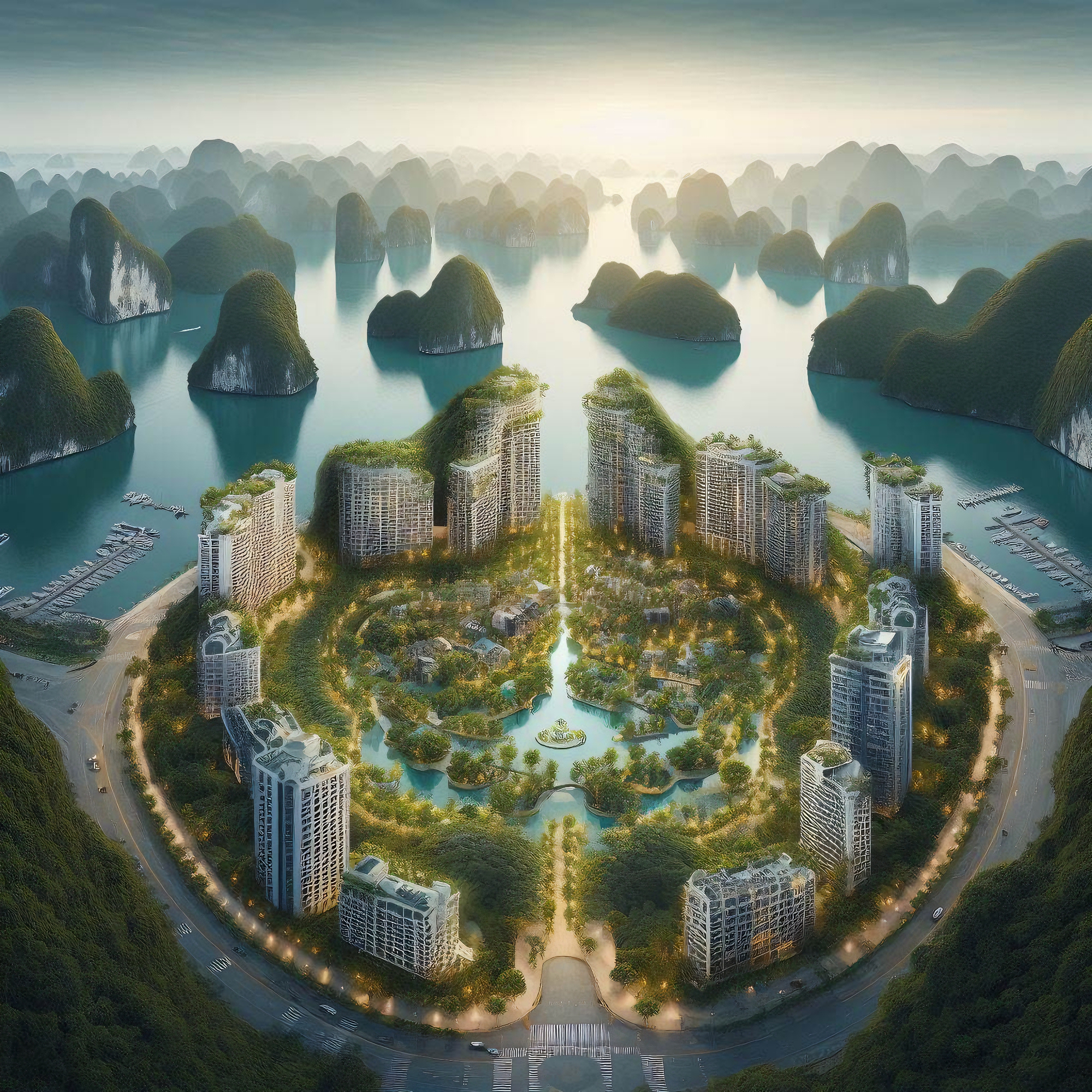
The Western corridor is focused on developing urban areas from Ha Long to Dong Trieu, developing green urban-industrial chains, environmentally-friendly industries, high-tech industries, cultural, historical, spiritual tourism, towards the development region of the Red River Delta and Hanoi. In which, the Quang Yen Coastal Economic Zone is the nucleus, developed according to the “Smart City” model with smart industrial, service, urban and seaport areas, modern and advanced, the center of processing, manufacturing, high-tech industries.
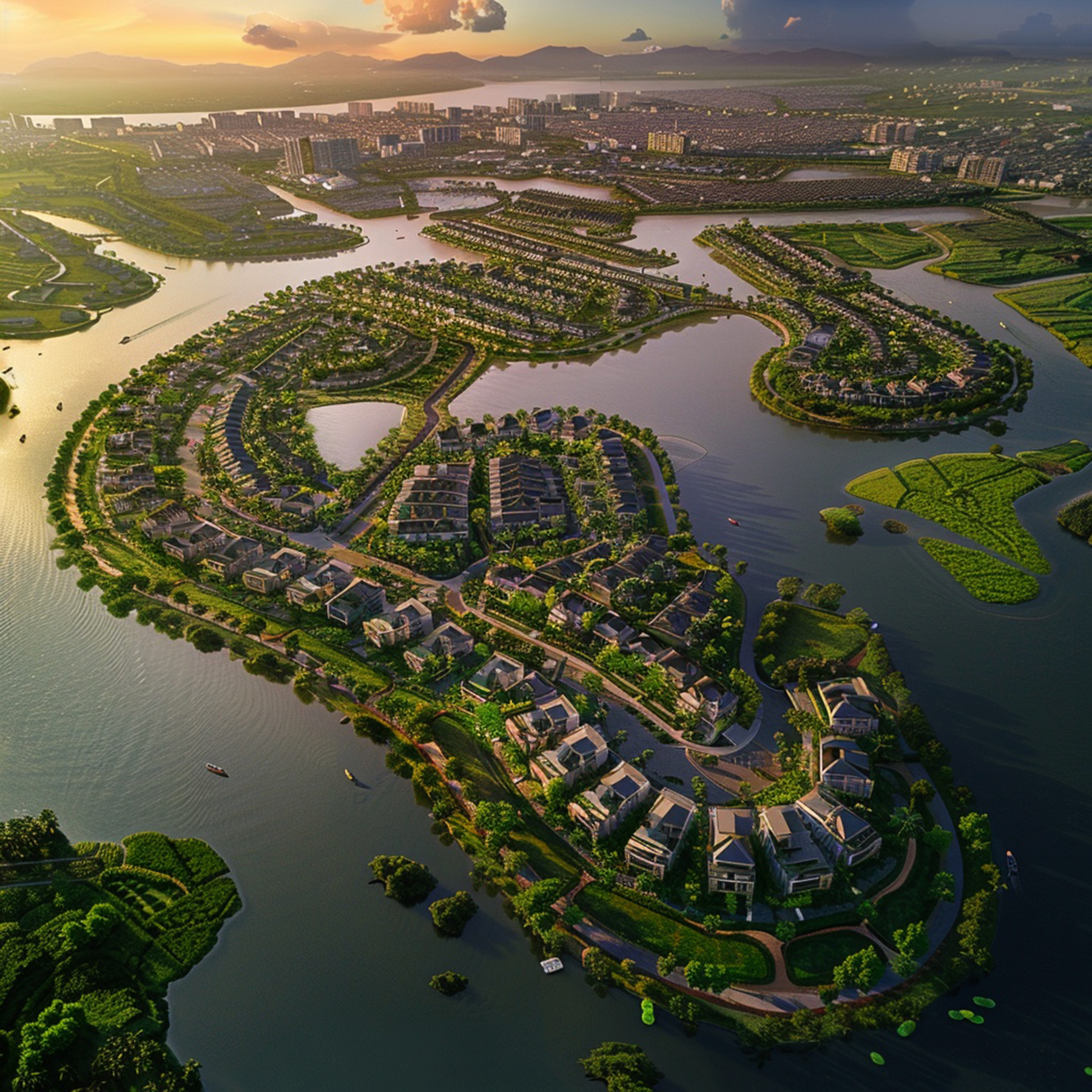
The Eastern corridor is focused on developing urban areas from Ha Long to Mong Cai in the direction of developing ecological-urban chains, high-end commercial and tourism synthesis, clean agriculture-high technology and the maritime economy, taking industrial development to lead agriculture, developing the Van Don Economic Zone and the Mong Cai border economic zone as two breakthroughs.
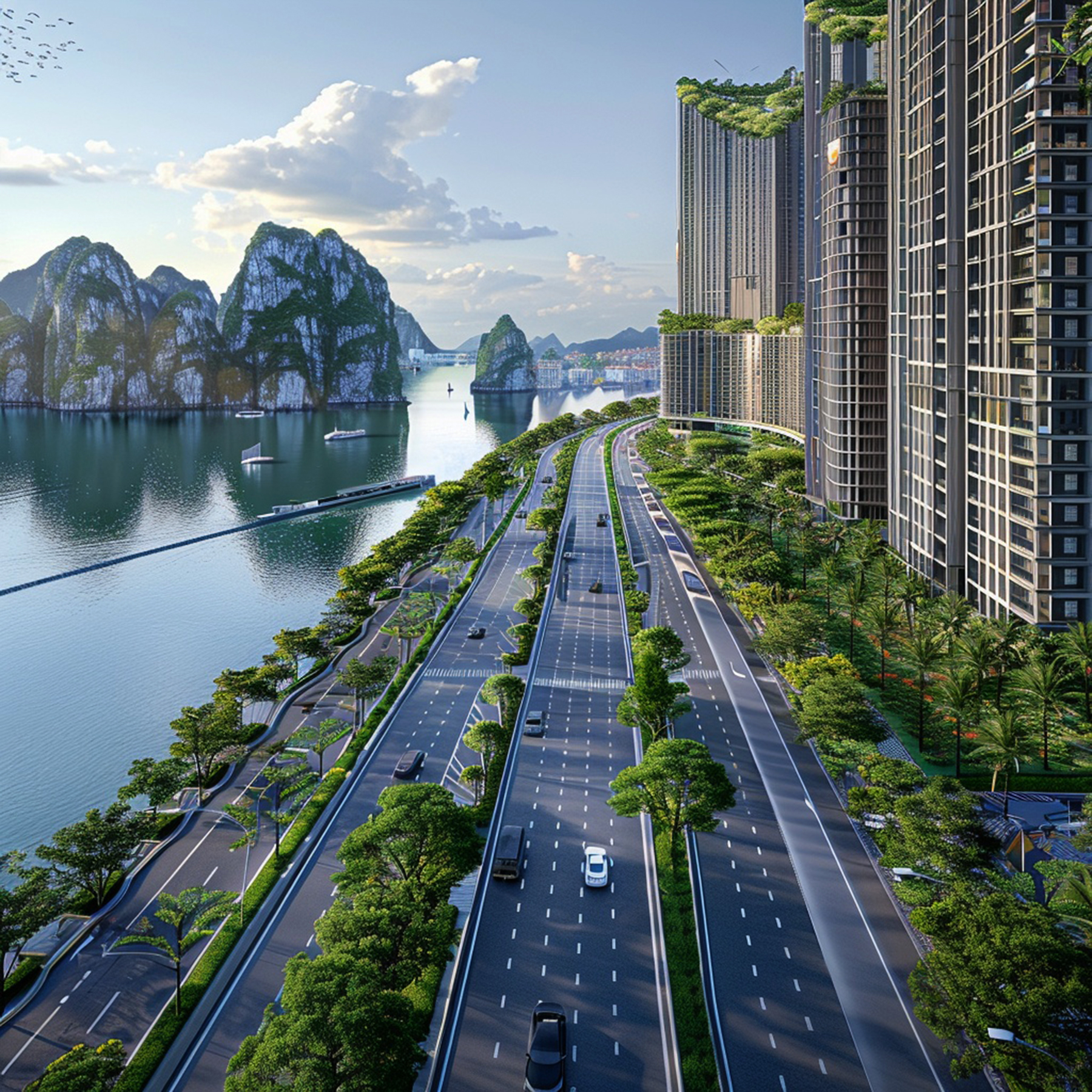
In terms of transportation, Quang Ninh will have two newly planned expressways, namely the Noi Bai – Bac Ninh – Ha Long Expressway and the Tien Yen – Lang Son – Cao Bang Expressway. According to the roadmap for the 2021 – 2030 phase, the Noi Bai – Bac Ninh – Ha Long Expressway will be constructed with a design speed of 100-120 km/h, 4 lanes, passing through Quang Ninh province. The development after 2030 will be based on actual demand.

In the future, Quang Ninh will build infrastructure such as Rung Bridge, Lai Xuan Bridge, and connecting bridge between Uong Bi and Thuy Nguyen (Hai Phong); bridge/tunnel connecting the Tiền Phong area (Quang Yen) with Lach Huyen, Hai Phong; riverside road connecting the Ha Long – Hai Phong expressway to Dong Trieu; invest in expanding National Highway 279 connected to the coastal road of Ha Long – Cam Pha; renovate and upgrade Provincial Road 342 from Ha Long through Ba Che to the border with Lang Son province; Tien Yen – Lang Son Expressway, National Highway 4B,…

According to the railway network planning for the period of 2021-2030 with a vision to 2050 approved by the Government, Quang Ninh province will construct 3 new urban railway lines with a total length of 293.8 km. Specifically, the Yen Vien – Pha Lai – Ha Long – Cai Lan line with a length of 129 km, investment plan until 2030; the Nam Dinh – Thai Binh – Hai Phong – Quang Ninh line with a length of 101 km, investment plan after 2030; the Ha Long – Mong Cai line with a length of 150 km, investment plan after 2030.
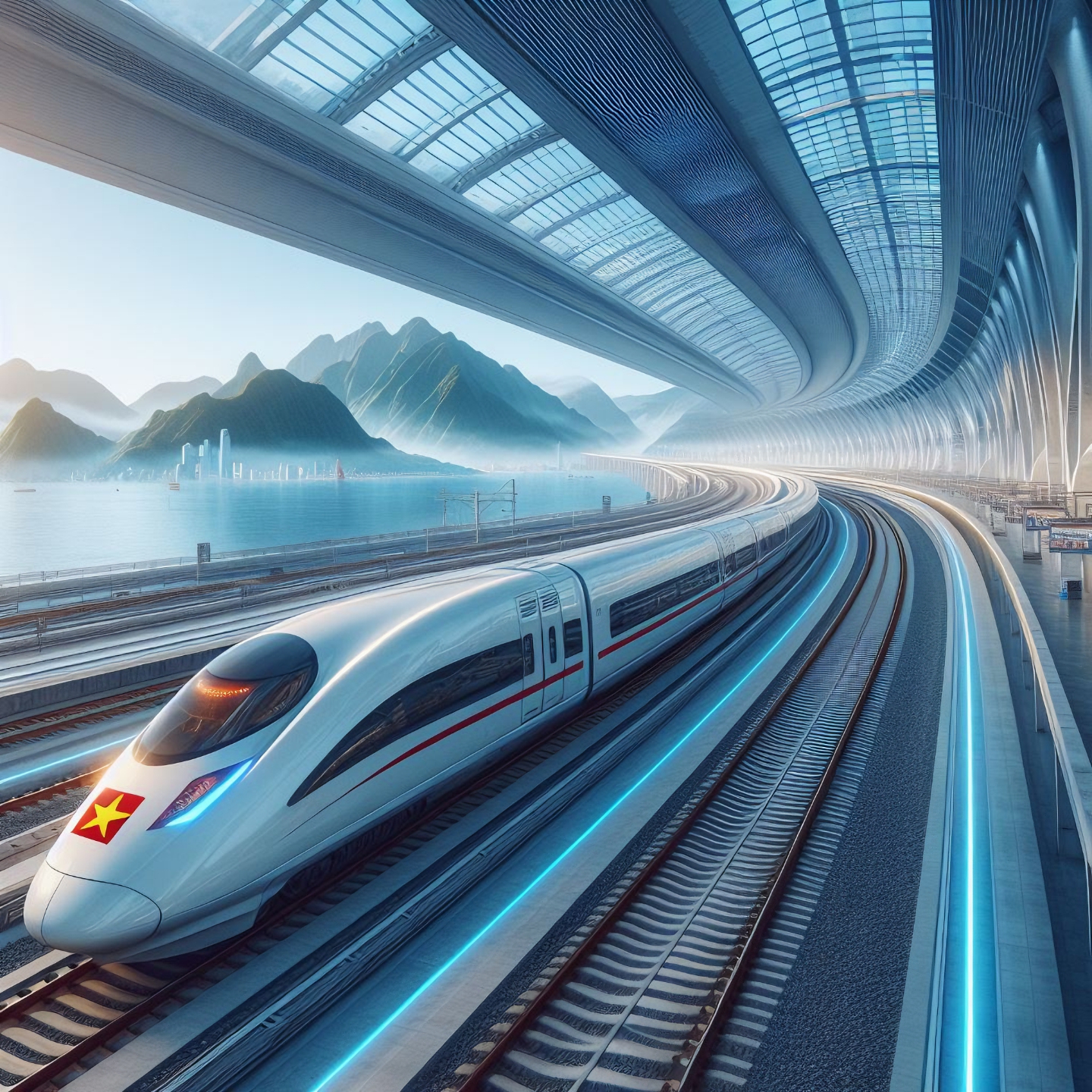
From 2030, Quang Ninh province will also focus on investing in high-speed railway system, monorail train from Dong Trieu to Mong Cai.
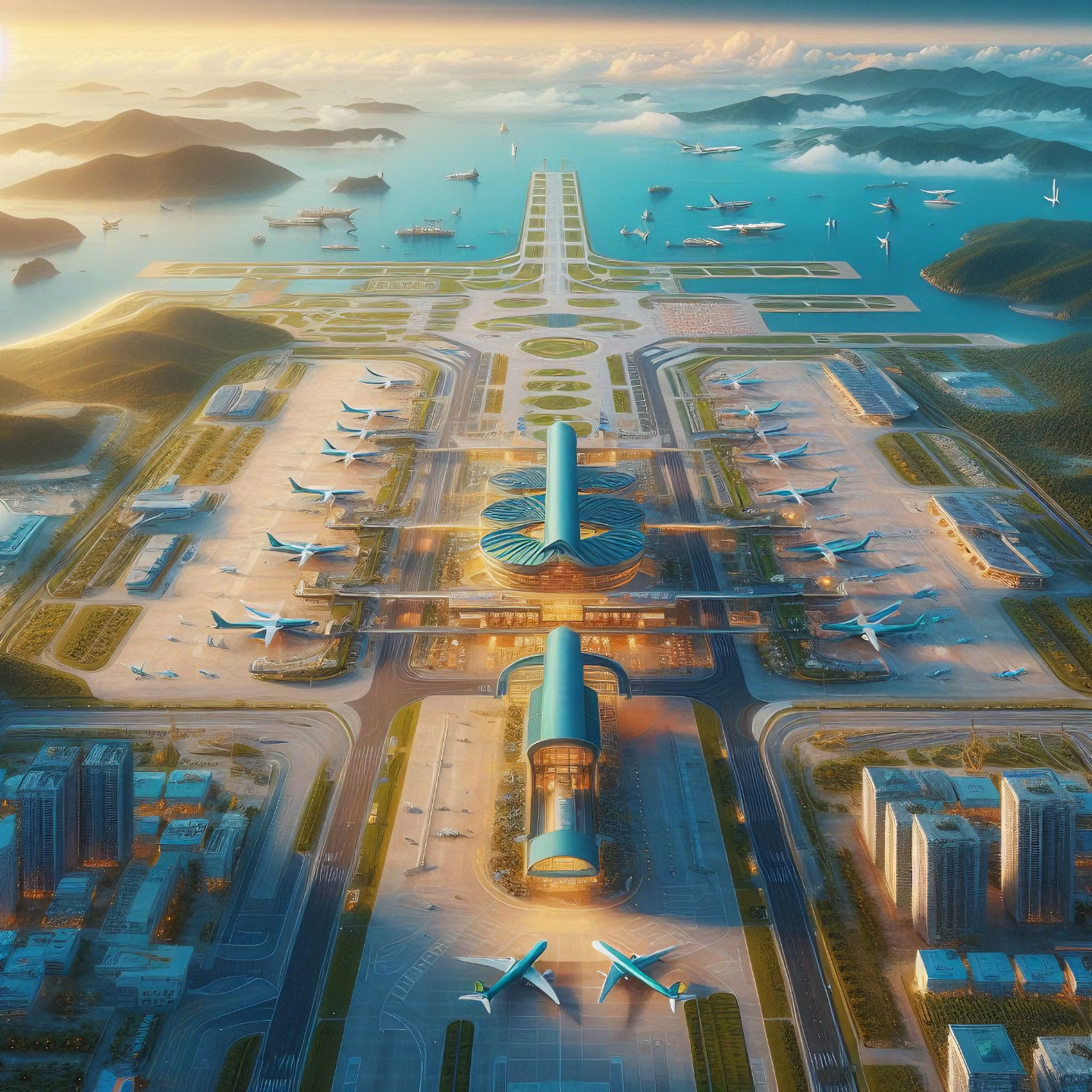
According to the planning dossier, Quang Ninh is planning to develop the Coto specialized airport from 2030 to 2050 with an area of over 130 ha, serving the potential development of tourism with an increasing number of visitors for sightseeing, entertainment, and resort activities in recent years.

Quang Ninh plans to build water areas for seaplanes and helicopters in Ha Long, Cam Pha, Van Don, Coto, Dong Trieu, Uong Bi, and in areas with tourism potential.
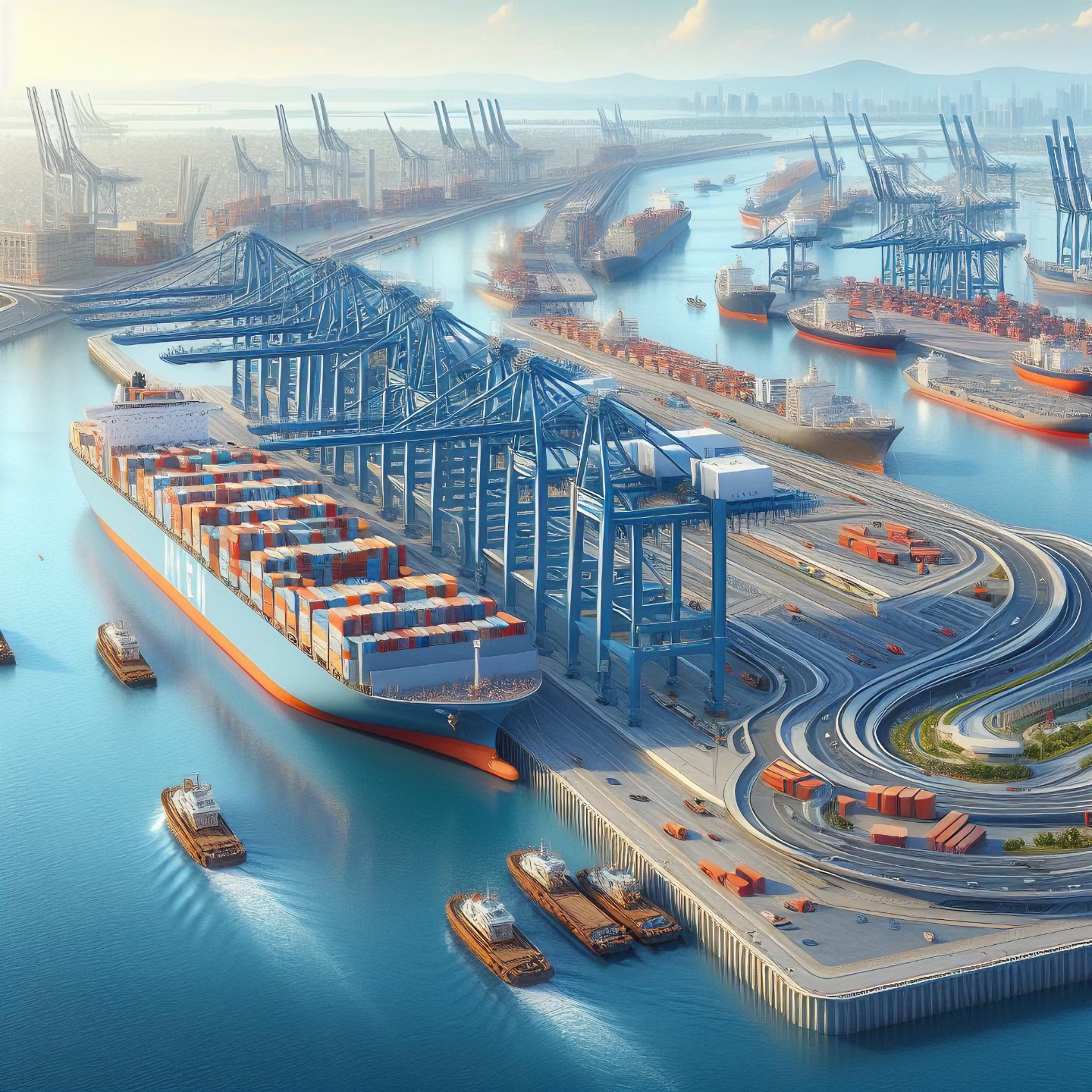
The Quang Ninh coastline is 250km long, with many deep and wind-sheltered areas, favorable for the construction and development of seaports. The Quang Ninh seaport consists of many ports and terminals such as Cai Lan, Cua Ong, Van Gia, Mui Chua, Yen Hung port area. These ports have loading and unloading capacity for tens of thousands of tons of cargo ships and will continue to be invested and developed in the future.

To develop the mineral industry in a rational and sustainable manner, with a focus on the coal industry to contribute to the national energy security according to the planning; in the 2021 – 2030 phase, the coal mining output of Quang Ninh province will be stable and grow at an average rate of about 1.2% per year; by 2030, the mining output will reach over 49 million tons.
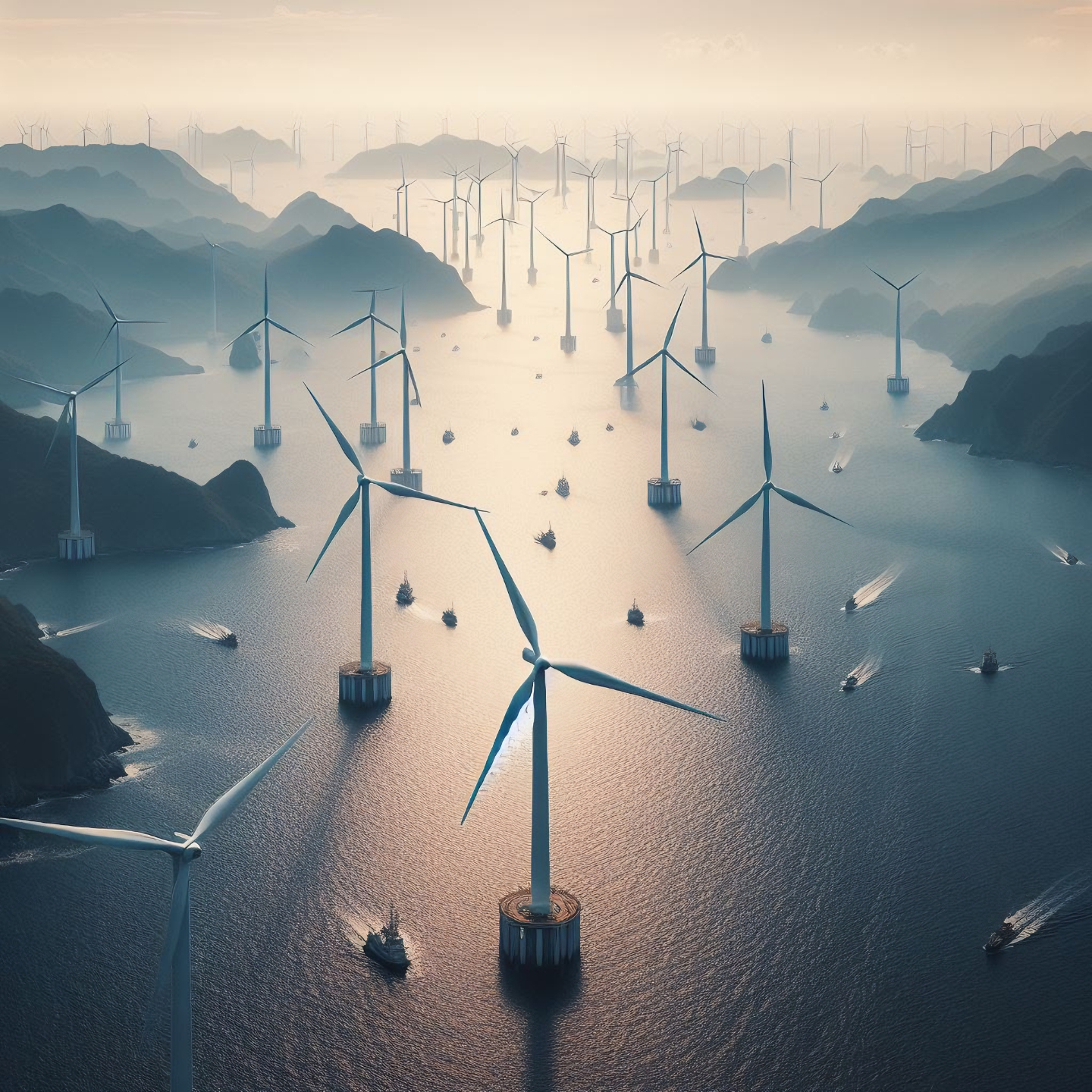
Quang Ninh aims to concentrate on developing environmentally friendly industries; continue to maintain itself as a national energy center (one of the wind and LNG power centers in the North), gradually shift towards the development of clean and renewable energy; develop the provincial power grid, develop wind power onshore, near-shore, and offshore with an initial total capacity of about 2,500 MW.

Quang Ninh strives to continue to be the national tourism leader, the international tourism center with many famous tourist areas, including Ha Long Bay – a world natural heritage site.












